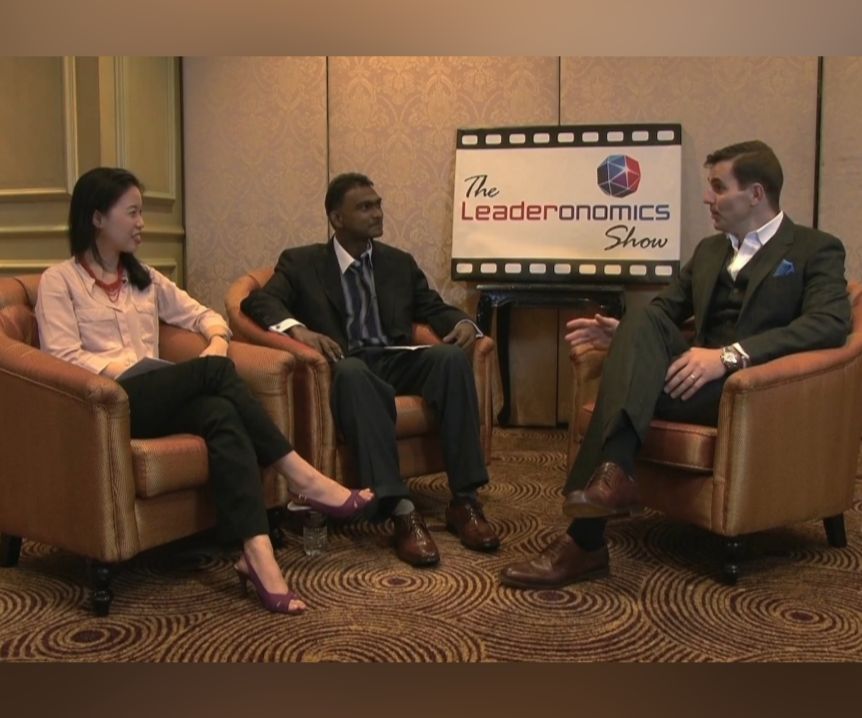What Part are You Playing?
You don’t have to look too far to find stories about how an organisation’s poor culture has been the root cause of their malaise, poor performance, regulatory breaches or lousy customer service.
We all know that organisational culture matters. No doubt you’ll have heard culture referred to as ‘the way things are done around here’. It includes the unwritten rules of behaviour about what is acceptable and unacceptable.
It’s pervasive. Shifting an organisation’s culture from sub-optimal to optimal takes a long time; sadly, it can move from optimal to sub-optimal far more quickly. This is particularly so when effective leaders depart and are replaced by ineffective leaders.
Notice the shift
It’s crucial to know the part you are playing.
Consider – What part are you playing in cultivating a healthy organisation or team culture? Answering that question starts with you examining the impact the organisation’s culture is having on you.
As tribal creatures, we notice what other people are doing and often quickly adopt and accept the behaviour of those around us to help us adapt to our surroundings.
This adaptation often happens faster than we realise.
In the early 1970s, a primatologist – Hans Kummer – worked in Ethiopia with two species of baboons. The first species were Savanna baboons which lived in large troops. The other species were Hamadryas baboons with a more complex and multi-level society. When confronted with a threatening male, the females of the two species reacted differently: a Hamadryas baboon placated the male by approaching him, whereas a Savanna baboon would run away to avoid injury.
Kummer took a female from each group and released them into the alternate tribe. He found that these two females initially carried out their species-typical behaviour. That is, they behaved the way they always have in the past – the way they were biologically wired to behave. However, it took only a short time for them to be socialised to new behaviours. How long? It took about an hour.
We want to think we are more evolved than baboons and therefore are more conscious of what is influencing our behaviour. Yet, we are often more affected than we realise.
This process of ‘culturalisation’ (as I call it) can happen to all of us. If you reflect on your first day at work (which may have been some time ago), you would have been acutely aware of the new environment and sought ways to adapt to make it work.
If you committed a social faux pas, someone would have pulled you aside to say something, or you would have gotten strange looks from colleagues. As tribal creatures, we can shun people who don’t conform to and adopt conventional behaviour. Consequently, it takes little time for the required social cues and behaviours to be adopted.
However, this can also lead to instances where difference is seen as a negative, so diversity is shunned.
Diversity matters
Recent research from global consulting firm DDI, released in their 2023 Diversity, Equity, and Inclusion Report, found that organisations with greater leadership diversity are 2.4X more likely to outperform their competitors. Companies that rank in the top 10% among their peers in financial performance have at least 5% more leaders who are women and from minority backgrounds than below-average performers.
It is very easy for leaders and business owners to want to hire people like them. The similarity makes a person feel comfortable. However, hiring people like yourself fills the team or workgroup with people with similar backgrounds, experiences and thought processes.
This homogeneity can negatively impact how decisions are made. The more alike people are, the more likely they are to think along the same lines, and therefore, there is less room for debate, discernment and disagreement.
Research from Kellogg University shows that diverse teams make better decisions. That diversity is not just about gender or ethnicity; it includes age, experience and background. The diverse groups outperform more homogeneous groups not because of an influx of new ideas but because the diversity triggers more careful processing of the discussed information.
Play your part
There’s no doubt that culture is more extensive than one person.
Regardless of your role, you can have a degree of influence on the organisation’s culture.
You are not only in the culture and influenced by it, but you are part of the influencing forces in the culture – how you behave each day impacts your immediate work environment. The span of that influence may be narrow or wide, deep or shallow.
Obviously, the more senior you are, the greater your impact, but regardless of where you sit in the hierarchy, your actions impact the culture.
Elevate awareness
Elevating your awareness and taking stock of the culture’s impact on you and your behaviour is essential.
Consider:
- What do you like and not like about the organisation’s current culture?
- What are the organisation’s rituals, customs, traditions and norms?
- What are the rules of the game, written and unwritten (i.e. policies, procedures and guidelines), and how are they implemented or enforced?
- What do you observe when you look at the behaviour of the leadership team? Are they consistently living up to the stated organisational values and behaviours?
- Are you living up to the organisation’s values, and do they align with your personal values?
- How is the organisation’s culture influencing your behaviour?
- Is that influence positive or negative, and what do you need to do more or less to have a more positive impact?
- Are you proud to work for the organisation, and would you recommend it to your friends and family?
- What role are you playing in shaping the culture of the team in which you work?
- Could you do more to enhance the culture of your immediate work environment? If so, what would that involve?
It’s easy to sit back and think it is someone else’s responsibility to create a healthy and dynamic organisational culture. It’s not. You get to play a part too!
As the former CEO of Starbucks, Howard Schultz, said:
“The only thing we have is one another. The only competitive advantage we have is the culture and values of the company. Anyone can open up a coffee store. We have no technology, we have no patent. All we have is the relationship around the values of the company and what we bring to the customer every day. And we all have to own it.”
Republished with courtesy from michellegibbings.com
This article is also available in Chinese.
Edited by: Irfan Razali
Leadership
Tags: Be A Leader, Executing Leadership, Team Leadership, Culture
Michelle Gibbings is a workplace expert and the award-winning author of three books. Her latest book is 'Bad Boss: What to do if you work for one, manage one or are one'. www.michellegibbings.com.







